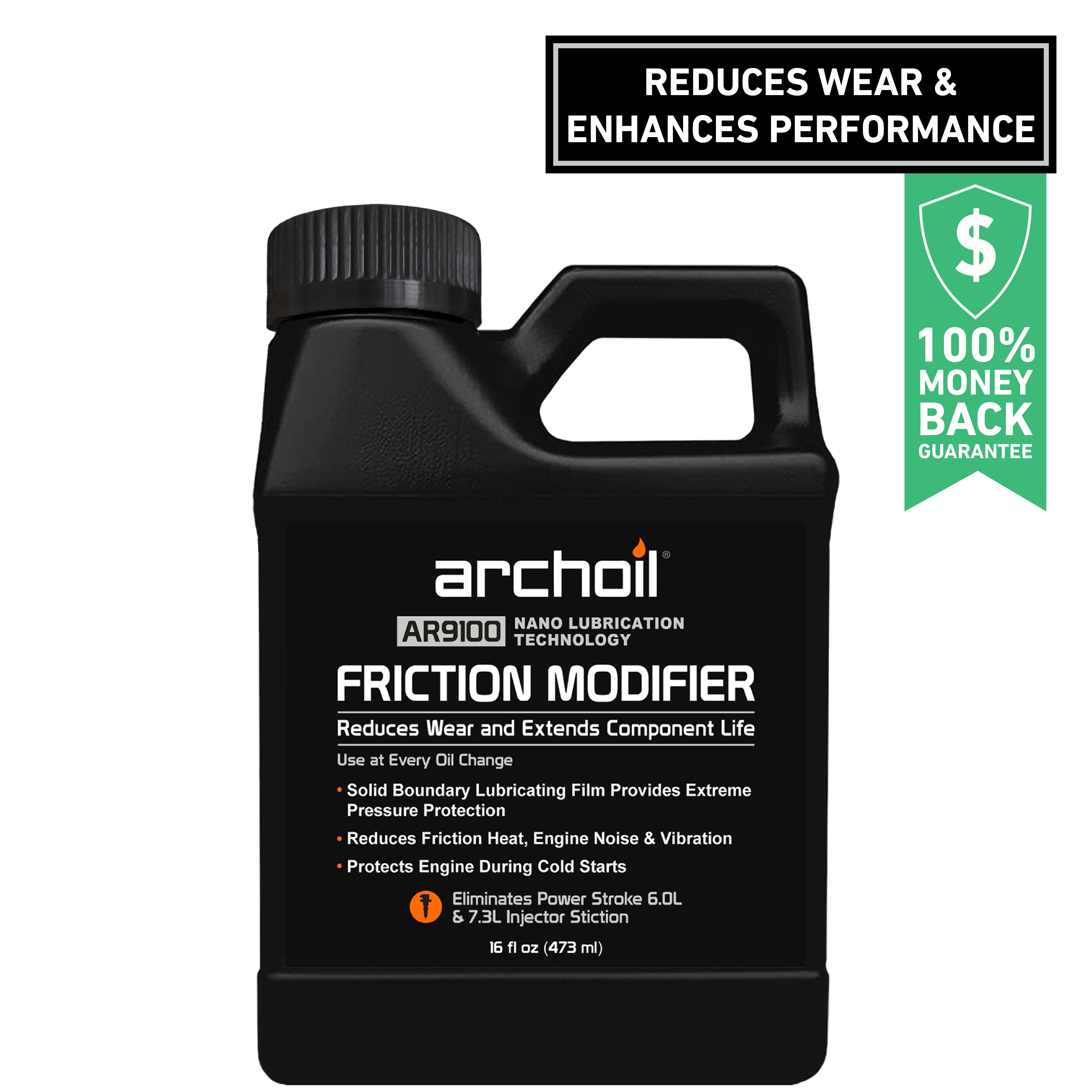nycxjeremyy
Well-Known Member
Im headed to Colorado last second this weekend, what's something I should do immediately, and what else should I look for?
Last edited:
Follow along with the video below to see how to install our site as a web app on your home screen.
Note: This feature may not be available in some browsers.
Yeah, them hoses, if original equipment, should get gone and new ones attached.which side of the frame is it leaking? driver or passenger. what I noticed in your other photos was that the oil cooler lines have what looks like a compression crimped to the hoses and compression on the aluminum lines. on the other end (frame) looks like the original crimps can't tell if they have compression on them but they were wet in the photo you posted.
Its Pax side, id say its also wet due to the rain we've been getting (and of course, I just had to drive over roads that have an inch of rain on them at a high enough speed to kick up the water)which side of the frame is it leaking? driver or passenger. what I noticed in your other photos was that the oil cooler lines have what looks like a compression crimped to the hoses and compression on the aluminum lines. on the other end (frame) looks like the original crimps can't tell if they have compression on them but they were wet in the photo you posted.
Safe travelsIts Pax side, id say its also wet due to the rain we've been getting (and of course, I just had to drive over roads that have an inch of rain on them at a high enough speed to kick up the water)
im currently in a Temp assignment to ND (GOV T/T) the 6.2 is just sitting there so ill send photos of that end and underneath when I return
Thank you sirSafe travels

Copy sir, also I use Stanadyne lubricant per every full up, been doing good so farNo. Buy better oil but don’t play chemist yourself. Often people make problems chemically that weren’t there before.
Very few oil additions have been third party tested. One of the best is for simple cylinder wall wear correction that didn’t have negative side affects for most engines to bring back compression is called Restore. But it doesn’t do any good in an engine in the first 100,000 miles unless it was ran without an air filter and had abnormal early wear from it.
Because our fuel doesn’t have the sulfur it used to, you should be adding a lubricant to the fuel- CAREFUL- not things that are a water emulsifier.
Stanadyne makes a good one, certain two stroke oil is good, since you have a db2 ATF works great. There is a brand I can’t think of the name right now that does exceptional- One of the guys might mention here to make up for my forgetfulness.
Stay the hell away from Diesel911 & Mystery Marvel oil. They do more damage than good for this engine. Only exception is the 911 only if you have gelled your fuel and need to use it- but drain off and discard that fuel asap.
If you have soy diesel in your area. You should be good for additional lube.Copy sir, also I use Stanadyne lubricant per every full up, been doing good so far